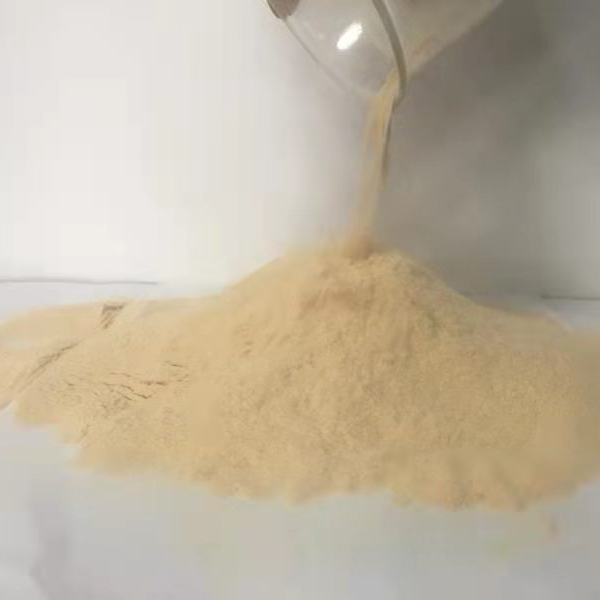
News
Ное . 08, 2024 09:44 Back to list
Trends and Prices of Chemical Chelating Agents in Today's Market
The Market for Chemical Chelating Agents A Price Analysis
In the field of chemistry, chelating agents play a vital role in various industrial applications, including water treatment, agriculture, pharmaceuticals, and food processing. These compounds possess the unique ability to form stable complexes with metal ions, effectively chelation, which enhances their utility in numerous settings. As technology and environmental regulations evolve, the demand for chemical chelating agents continues to rise, prompting an analysis of their market dynamics and pricing strategies.
Understanding Chelating Agents
Chelating agents, also known as ligands, are molecules that can attach to metal ions through multiple bonds, effectively grabbing them. This characteristic helps in deactivating toxic metals, improving the solubility of minerals in solutions, and facilitating the transport of nutrients. Common examples of chelating agents include ethylenediaminetetraacetic acid (EDTA), citric acid, and diethylenetriaminepentaacetic acid (DTPA). Each of these agents has specialized applications, from agriculture, where they enhance soil nutrient availability, to medical environments, where they are used to treat metal poisoning.
Factors Influencing Prices
The pricing of chemical chelating agents is influenced by several factors, which can fluctuate based on market conditions.
1. Raw Material Costs The primary constituents of chelating agents often come from petrochemical derivatives. Any volatility in oil prices directly impacts the production costs of these agents. Fluctuations in raw material prices often manifest in the final market prices of chelating agents.
2. Regulatory Compliance As environmental concerns gain prominence, manufacturers face stricter regulations. Investment in advanced production technologies to adhere to safety and environmental standards can contribute to increased costs. These expenses are typically passed on to consumers, further affecting prices.
3. Supply Chain Dynamics Global events, such as geopolitical tensions or pandemics, can disrupt the supply chain, leading to shortages or delays in the production of chelating agents. Such disruptions often create price hikes as market players scramble to secure their supplies.
chemical chelating agent price

4. Demand Fluctuations The demand for chelating agents in key industries, particularly agriculture and industrial cleaning, greatly influences their prices. During times of agricultural booms, for instance, the demand for these agents may surge, causing prices to increase correspondingly.
Current Market Trends
As of late 2023, the chelating agent market is witnessing notable trends. The increasing focus on green chemistry and the development of biodegradable chelating agents is gaining traction. Innovative alternatives that minimize environmental impact are becoming popular, which could potentially change pricing dynamics in the long term. However, these novel agents often enter the market at a premium due to their research and development expenses.
Additionally, the pharmaceutical industry’s expanding need for chelating agents, particularly in drug formulations and diagnostics, is likely to sustain demand. This heightened focus on health and safety is anticipated to create a competitive landscape, affecting pricing strategies.
Price Outlook
While there is no definitive forecast for chelating agent prices, various analysts suggest that the market will continue to expand due to the growing need across multiple sectors. The introduction of advanced chelating compounds with superior properties may command higher prices initially, but as production processes become more streamlined and economies of scale are realized, costs may stabilize.
Furthermore, the global movement towards sustainability is influencing pricing structures. Consumers are increasingly willing to pay a premium for eco-friendly products, which may lead to the development of specialized pricing tiers in the market.
Conclusion
In conclusion, the price of chemical chelating agents is shaped by a multitude of factors, including raw material costs, regulatory pressures, supply chain dynamics, and fluctuating demand. As industries evolve and consumer preferences shift towards sustainable practices, the future of chelating agent pricing may witness significant changes. Stakeholders in the market must remain vigilant, adapting their strategies to navigate this complex and ever-evolving landscape. Understanding these dynamics is crucial for anyone involved in procurement, production, or research related to chemical chelating agents.
-
Polyaspartic Acid Salts in Agricultural Fertilizers: A Sustainable Solution
NewsJul.21,2025
-
OEM Chelating Agent Preservative Supplier & Manufacturer High-Quality Customized Solutions
NewsJul.08,2025
-
OEM Potassium Chelating Agent Manufacturer - Custom Potassium Oxalate & Citrate Solutions
NewsJul.08,2025
-
OEM Pentasodium DTPA Chelating Agent Supplier & Manufacturer High Purity & Cost-Effective Solutions
NewsJul.08,2025
-
High-Efficiency Chelated Trace Elements Fertilizer Bulk Supplier & Manufacturer Quotes
NewsJul.07,2025
-
High Quality K Formation for a Chelating Agent – Reliable Manufacturer & Supplier
NewsJul.07,2025
